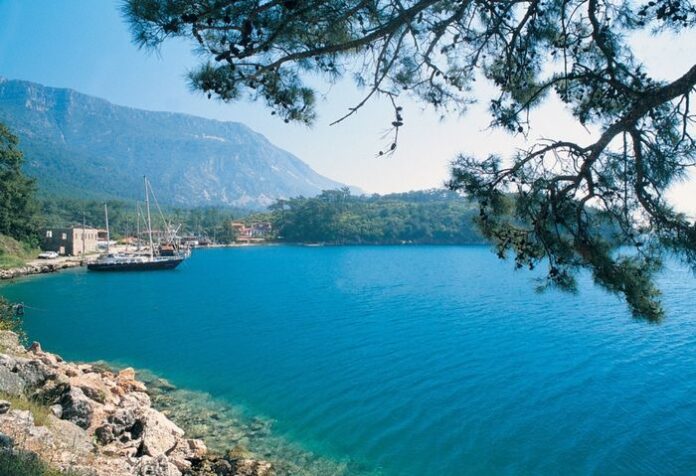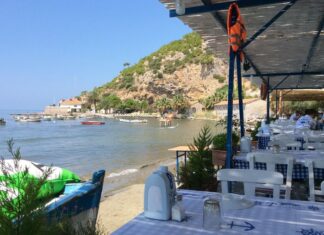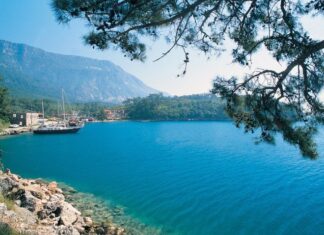History, Nature, and Culture
The Black Sea coast Bulgarian region is one of the most attractive parts of the country. Stretching for more than 350 kilometers, it offers sandy beaches, ancient towns, modern resorts, and unique cultural traditions. This coastline has always been a meeting point of civilizations—Thracians, Greeks, Romans, Byzantines, and Ottomans all left their traces. Today, the area is a place where history and tourism live side by side.
Ancient History of the Coast
The Black Sea coast Bulgarian lands were first inhabited by Thracian tribes. Later, the Greeks founded colonies such as Apollonia (today’s Sozopol) and Mesembria (today’s Nesebar). These towns became important trade centers, connecting the Balkans with the Mediterranean world. Roman and Byzantine rule added fortresses, harbors, and churches, many of which can still be seen today. The historical heritage makes the coast not only a summer destination but also an open-air museum.
Natural Beauty and Resorts
One of the main attractions of the Black Sea coast Bulgarian region is its natural beauty. Long sandy beaches, mild climate, and mineral springs attract visitors from all over the world. Sunny Beach and Golden Sands are among the most famous resorts, offering modern hotels, restaurants, and nightlife. At the same time, quieter spots like Sinemorets and Shabla give travelers the chance to enjoy unspoiled nature, birdwatching, and peaceful landscapes.
Cultural Heritage and Traditions
Beyond beaches, the Black Sea coast Bulgarian area is rich in culture. Nesebar, a UNESCO World Heritage Site, is famous for its medieval churches and charming old town. Sozopol hosts an annual arts festival that celebrates Bulgarian music, literature, and traditions. Folk dances, seafood cuisine, and colorful crafts are part of the living culture that visitors can experience along the coastline.
Modern Life on the Coast
Today, the Black Sea coast Bulgarian settlements are a blend of tradition and modernity. Varna, known as the “Sea Capital,” is a vibrant city with museums, theaters, and a large port. Burgas is another important center, combining industry with cultural life. Smaller fishing villages still preserve their traditional way of living, offering visitors a taste of authentic hospitality.
The Black Sea coast Bulgarian region is more than a tourist destination. It is a land where history, nature, and culture meet. From ancient Greek colonies to modern resorts, from UNESCO towns to quiet fishing villages, the coastline tells the story of Bulgaria’s past and present. Visiting this region means discovering a unique part of Europe that offers both relaxation and inspiration.








